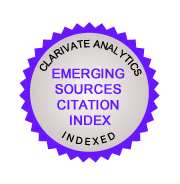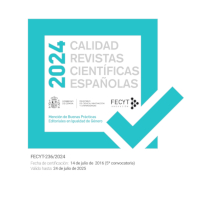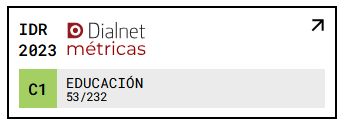Fantastic literature and young adult identity: evil and death as motifs for the young man’s quest
DOI:
https://doi.org/10.18172/con.1295Keywords:
Fantastic literature, literary topics, Young adult literature, developmentAbstract
Young adult people use to have as quest-motifs problems related to death, transgression, or sexual issues. Reading is, without any doubt, a good way to approach these topics and through it teenagers can find the answers to the different questions that they have at this stage of life. In this contribution, we deal with the concept of evil, as well as with the concept of death using two texts which belong to Young adult literature. The text written by Ursula Le Guin, A Wizard of Earth Sea, will allow us to see from an anthropological point of view, a development process, because Ged de Gont, must go through different proves that take place at this stage of life. On the other hand, we will study Otfried Preussler's text, Krabat. The satanic mill, in which the topic of diabolism is constant, will well reviewed. The growing up of the main character will help us to reflect on the situation.Downloads
References
EDDISON, E. R. (2004) (1926). La serpiente Uróboros. Madrid: Minotauro.
ENCABO, E. y JEREZ-MARTÍNEZ, I. (2008). The influence of Richard the Lionheart on British Young Adult texts: exploring the maps. ID EST, 1, 29-36.
HERRERO, J. (2000). Estética y pragmática del relato fantástico: las estrategias narrativas y la cooperación interpretativa del lector. Cuenca: Servicio de publicaciones de la Universidad de Castilla-La Mancha.
LE GUIN, U. (2005) (1968). Un mago de Terramar. Madrid: Minotauro.
LEWIS, C. S. (2005) (1950). El león, la bruja y el armario. Barcelona: Destino.
LUKENS, R. (2007). A critical handbook of Children’s Literature. Boston: Pearson.
PREUSSLER, O. (2009) (1981). Krabat y el Molino del Diablo. Barcelona: Noguer.
ROWLING, J. K. (1999) (1997). Harry Potter y la piedra filosofal. Madrid: Salamandra.
SAINT EXUPÉRY, A. (1999) (1946). El principito. Buenos Aires: Emecé.
TODOROV, T. (1982). Introducción a la literatura fantástica. Barcelona: Ediciones Buenos Aires.
TOLKIEN, J. R. R. (2003) (1966). El Señor de los anillos. Madrid: Minotauro.
TORRES OLIVER, F. (Trad.) (2005). Sir Gawain y el caballero verde. Madrid: Anaya.
ZIPES, J. (1983). Fairy tales and the art of subversion. The classical genre for children and the process of civilization. New York: Routledge.
Downloads
Published
How to Cite
Issue
Section
License
The authors retain copyright of articles and authorize Contextos Educativos. Revista de Educación the first publication. They are free to share and redistribute the article without obtaining permission from the publisher as long as they give appropriate credit to the editor and the journal.
Self-archiving is allowed too. In fact, it is recommendable to deposit a PDF version of the paper in academic and/or institutional repositories.












